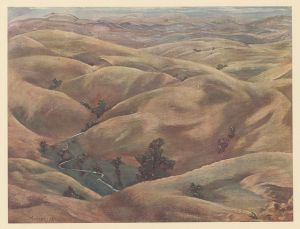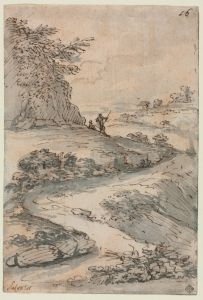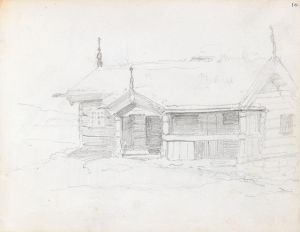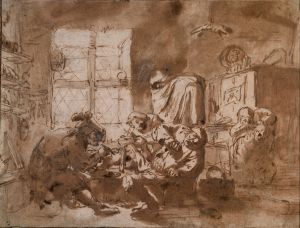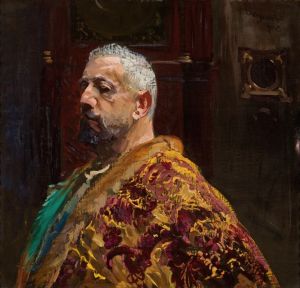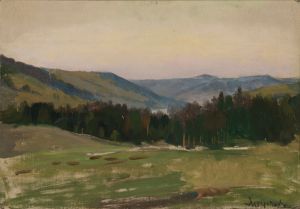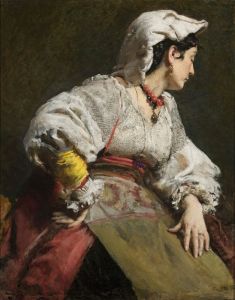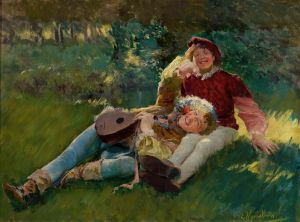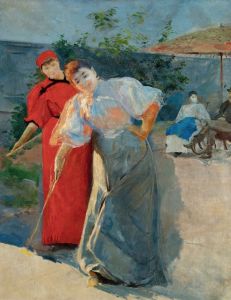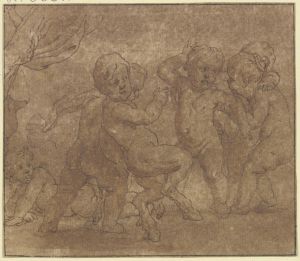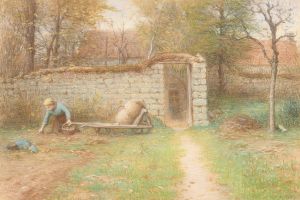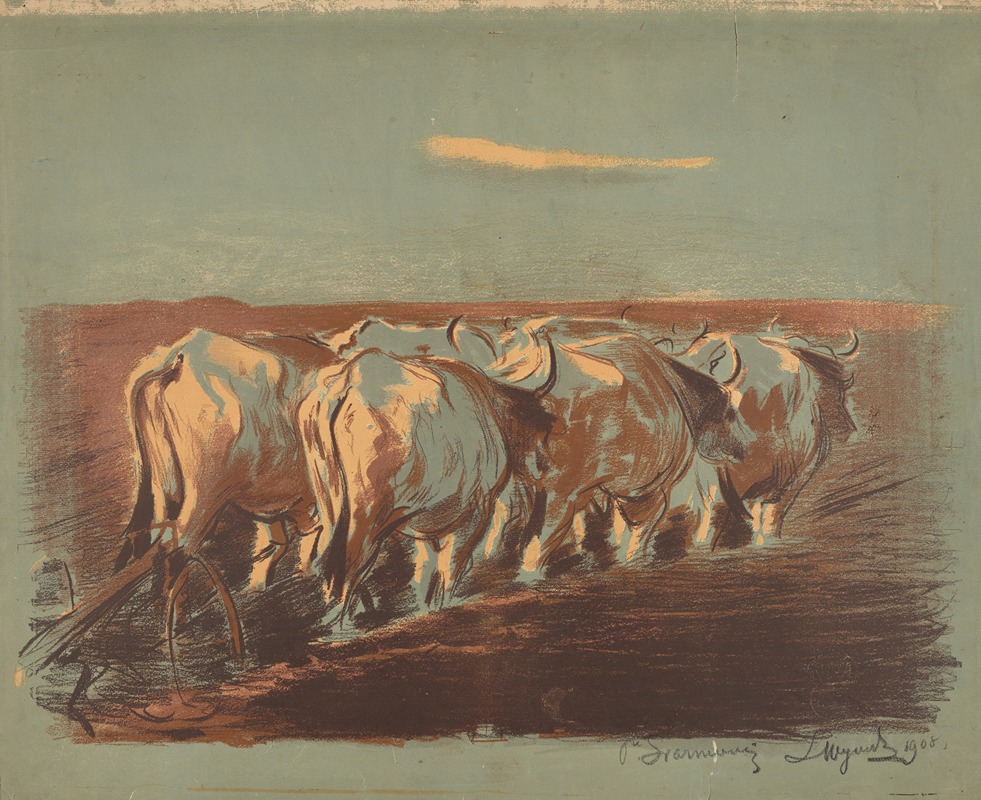
Orka na Ukrainie
A hand-painted replica of Leon Wyczółkowski’s masterpiece Orka na Ukrainie, meticulously crafted by professional artists to capture the true essence of the original. Each piece is created with museum-quality canvas and rare mineral pigments, carefully painted by experienced artists with delicate brushstrokes and rich, layered colors to perfectly recreate the texture of the original artwork. Unlike machine-printed reproductions, this hand-painted version brings the painting to life, infused with the artist’s emotions and skill in every stroke. Whether for personal collection or home decoration, it instantly elevates the artistic atmosphere of any space.
Leon Wyczółkowski's painting "Orka na Ukrainie" (translated as "Plowing in Ukraine") is a notable work by the Polish artist, who was an influential figure in the Young Poland movement. Wyczółkowski, born in 1852, was known for his diverse artistic styles and subjects, ranging from portraits and landscapes to still lifes and genre scenes. His work often reflected the cultural and social landscapes of his time, and "Orka na Ukrainie" is a testament to his ability to capture the essence of rural life.
"Orka na Ukrainie" was created in the late 19th or early 20th century, a period when Wyczółkowski frequently traveled and worked in Ukraine. The painting depicts a rural scene of plowing, a common agricultural activity, highlighting the connection between people and the land. This theme was prevalent in Wyczółkowski's work, as he often focused on the everyday lives of peasants and the natural environment.
The painting is characterized by its vivid colors and dynamic composition, typical of Wyczółkowski's style. He employed a technique that combined elements of realism with impressionistic touches, capturing the movement and atmosphere of the scene. The use of light and shadow in "Orka na Ukrainie" adds depth and dimension, drawing the viewer's eye across the canvas and emphasizing the labor-intensive nature of plowing.
Wyczółkowski's choice of subject matter in "Orka na Ukrainie" reflects his interest in the socio-economic conditions of rural communities. During this period, Ukraine was part of the Russian Empire, and its agricultural practices were central to its economy. By portraying such scenes, Wyczółkowski not only documented the agricultural practices of the time but also highlighted the cultural significance of the land and its cultivation.
The painting is also notable for its portrayal of the Ukrainian landscape, which Wyczółkowski rendered with great attention to detail. The expansive fields and open skies depicted in the work convey a sense of vastness and freedom, while also emphasizing the hard work and dedication required to cultivate the land. This duality is a recurring theme in Wyczółkowski's work, as he often explored the relationship between humans and nature.
"Orka na Ukrainie" is housed in the National Museum in Warsaw, where it is part of a larger collection of Wyczółkowski's works. The painting is an important piece within the museum's collection, as it represents a significant period in the artist's career and provides insight into the cultural and historical context of the time.
Leon Wyczółkowski's contribution to Polish art is significant, and "Orka na Ukrainie" is a prime example of his ability to capture the spirit of a place and its people. Through his use of color, composition, and subject matter, Wyczółkowski created a work that resonates with viewers and offers a glimpse into the rural life of Ukraine during a transformative period in history.





